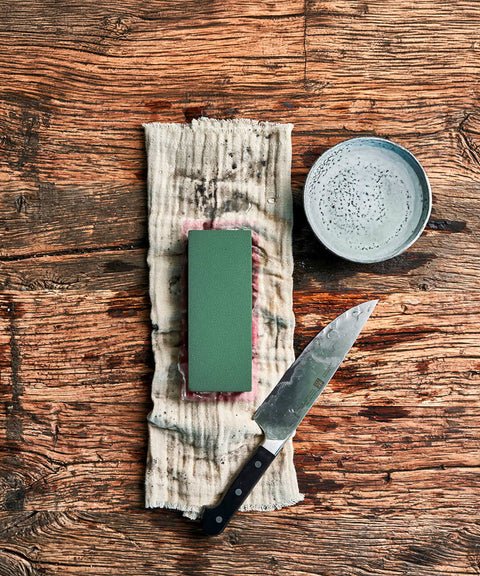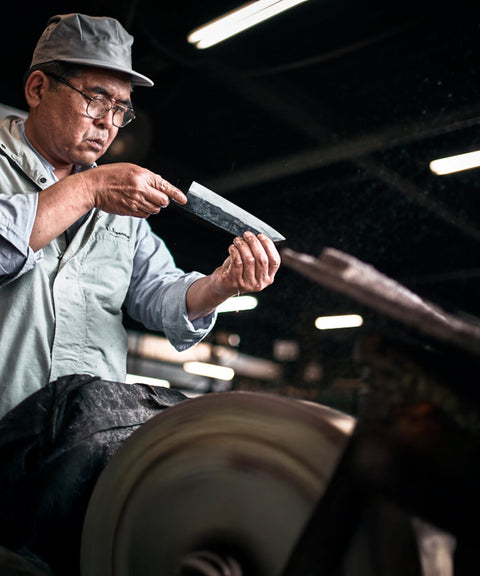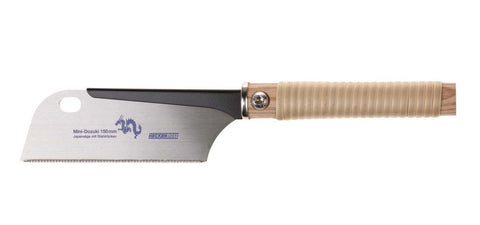
Why is the sharpening angle important for Japanese knives?
Sharpening is one of the most important aspects of a Japanese knife 's performance, and the sharpening angle has a direct impact on its precision, durability, and cutting ability. Unlike many Western knives, which typically have wider angles, Japanese knives are designed with a shallower angle, allowing for finer, more precise cutting. But why is this so important? Here's why.
What is the sharpening angle?
The sharpening angle is the angle formed by the knife's edge relative to an imaginary vertical line. In practical terms, it determines how sharp the knife is . The smaller the angle, the thinner and sharper the edge will be—but also the more delicate.
For example:
• Japanese knives: typically have angles between 12 and 16 degrees per side (even lower on single-bevel models).
• Western knives: These are typically sharpened between 20 and 25 degrees per side.
Advantages of a sharper sharpening angle
• Cleaner cut: Ideal for delicate ingredients like raw fish, where precision is key.
• Less effort: An acute angle reduces friction when cutting, resulting in less fatigue and smoother cuts.
• Greater precision: Essential for Japanese techniques that require detail, such as filleting or making fine cuts in vegetables.
And the disadvantages?
A sharper angle also implies:
• Greater fragility: These knives are designed for specific tasks. They are not made for cutting bones or hard foods.
• More maintenance: The edge can deteriorate faster if not properly cared for.
What type of sharpening is right for your Japanese knife?
• Symmetrical edge (double bevel): Typical of models like Santoku or Gyuto . They are easier to maintain and use.
• Asymmetrical edge or chisel edge (single bevel): Even sharper, these are found on knives like the Yanagiba , which are ideal for sashimi . They require more experience.
How to maintain the correct angle when sharpening?
Use Japanese whetstones and make sure to maintain a consistent angle throughout sharpening. You can also use sharpening guides to help you if you're a beginner.
Conclusion
The sharpening angle is much more than a technical number: it defines a knife's personality and its ideal use. Understanding this characteristic will help you choose the right knife for your kitchen and, above all, keep it looking new for much longer.









